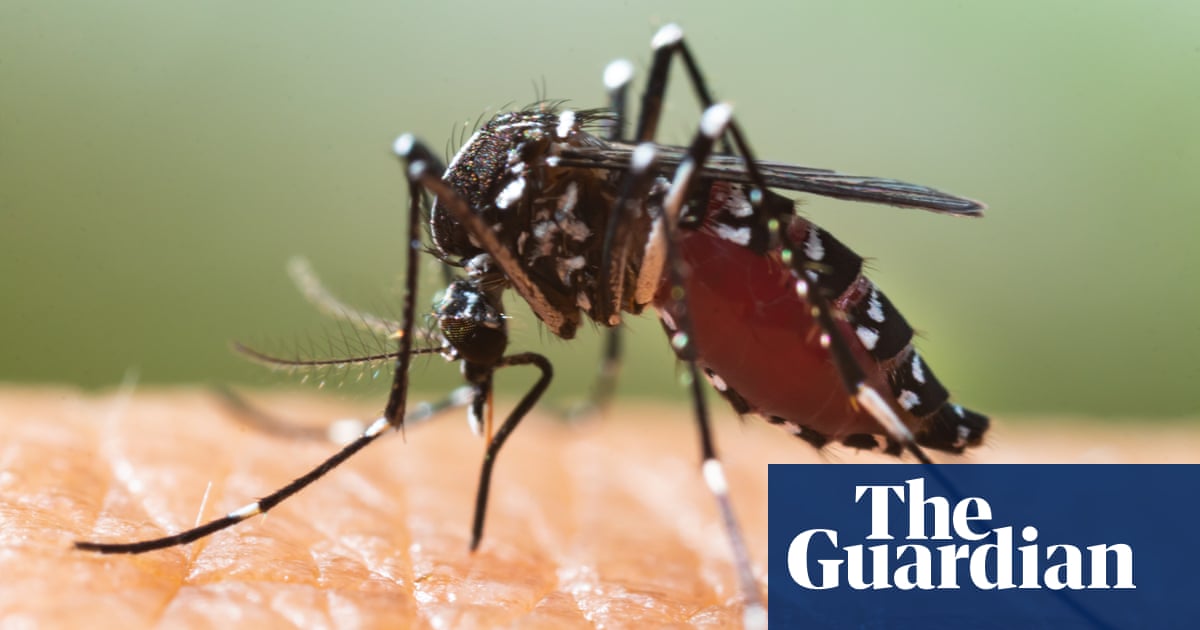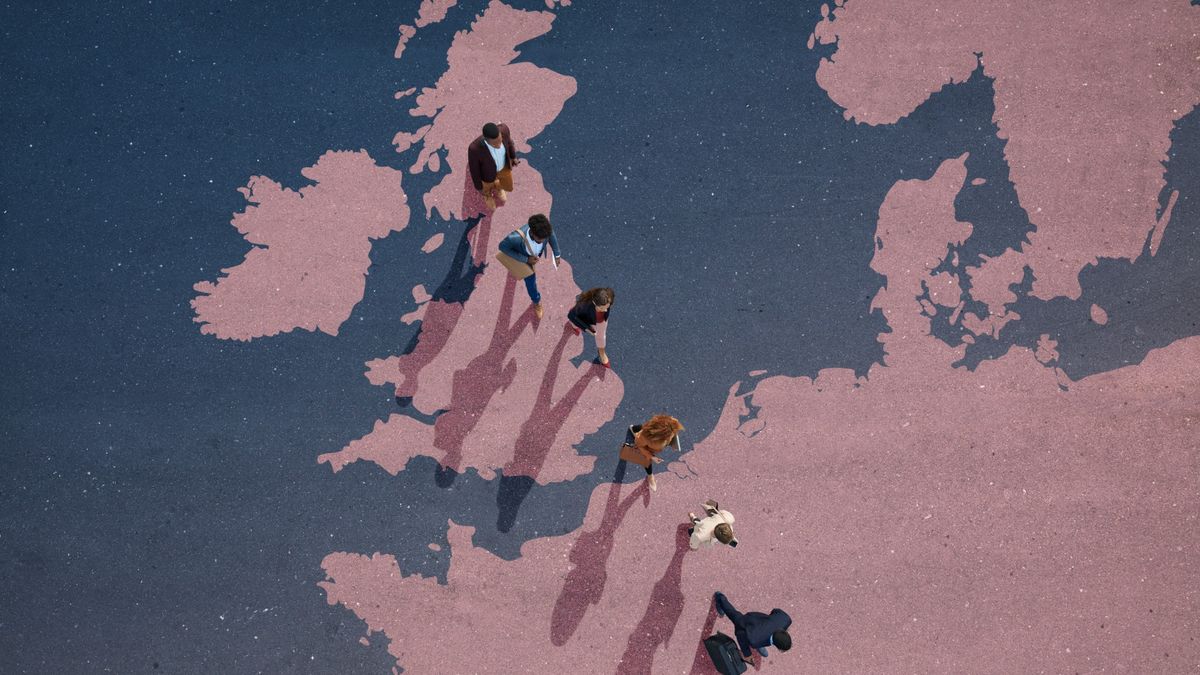Mosquito-borne diseases spreading in Europe due to climate crisis, says expert

Mosquito-borne diseases are spreading across the globe, and particularly in Europe, due to climate breakdown, an expert has said.
The insects spread illnesses such as malaria and dengue fever, the prevalences of which have hugely increased over the past 80 years as global heating has given them the warmer, more humid conditions they thrive in.
Prof Rachel Lowe who leads the global health resilience group at the Barcelona Supercomputing Center in Spain, has warned that mosquito-borne disease outbreaks are set to spread across currently unaffected parts of northern Europe, Asia, North America and Australia over the next few decades.
She is due to give a presentation at the global congress of the European Society of Clinical Microbiology and Infectious Diseases in Barcelona to warn that the world must be prepared for a sharp uptick in these diseases.
“Global warming due to climate change means that the disease vectors that carry and spread malaria and dengue [fever] can find a home in more regions, with outbreaks occurring in areas where people are likely to be immunologically naive and public health systems unprepared,” Lowe said.
“The stark reality is that longer hot seasons will enlarge the seasonal window for the spread of mosquito-borne diseases and favour increasingly frequent outbreaks that are increasingly complex to deal with.”
Dengue used to be primarily found in tropical and subtropical regions, as freezing overnight temperatures kill the insect’s larvae and eggs. Longer hot seasons and less frequent frosts have meant it has become the fastest-spreading mosquito-borne viral disease in the world, and it is taking hold in Europe.
The Asian tiger mosquito (Aedes albopictus), carries dengue fever and has become established in 13 European countries as of 2023: Italy, France, Spain, Malta, Monaco, San Marino, Gibraltar, Liechtenstein, Switzerland, Germany, Austria, Greece and Portugal.
The insect is thriving; nine out of the 10 most hospitable years for transmission of the disease have occurred since 2000, and the number of dengue cases reported to the WHO has increased eightfold in the past two decades, from 500,000 in 2000 to more than 5m in 2019.
Lowe said climate breakdown would turbocharge this spread as droughts followed floods: “Droughts and floods linked to climate change can lead to greater transmission of the virus, with stored water providing additional mosquito breeding sites.
“Lessons from previous outbreaks underscore the importance of assessing future vector-borne disease risks and preparing contingencies for future outbreaks.”
She said that if the current trajectory of high carbon emissions and population growth continued, the number of people living in areas with mosquito-borne diseases would double to 4.7 billion by the end of the century.
after newsletter promotion
Lowe added: “With climate change seeming so difficult to address, we can expect to see more cases and possibly deaths from diseases such as dengue and malaria across mainland Europe. We must anticipate outbreaks and move to intervene early to prevent diseases from happening in the first place.
“Efforts need to focus on enhancing surveillance with early warning and response systems similar to those seen in other parts of the world, to more effectively target finite resources to the most at-risk areas to control and prevent disease outbreaks and save lives.”
Climate breakdown is also amplifying the threat from antimicrobial resistance, a separate presentation at the conference will warn.
Prof Sabiha Essack, the head of the antimicrobial resistance unit at the University of KwaZulu-Natal in South Africa, said climate breakdown was a “threat multiplier” for antimicrobial resistance: “Climate change compromises the ecological and environmental integrity of living systems and enables pathogens to increasingly cause disease. The impact on water systems, food-producing animals and crops threatens global food supply.
“Human activities associated with population growth and transport, together with climate change, increase antibiotic resistance and the spread of waterborne and vector-borne diseases of humans, animals and plants.”
Related
‘If you’re weak, he eats you’: Luxembourg’s foreign minister issues…
'If you're weak, he eats you,' ex Luxembourgish PM's advice on dealing with TrumpLuxembourg’s foreign minister Xavier Bettel wins the day in Warsaw with the m
US tariffs only benefit China, EU foreign policy chief says,…
US tariffs only benefit China, EU foreign policy chief Kallas saysEU foreign policy chief Kaja Kallas has just been addressing the media on her arrival in Bruss
Abrdn’s European mid-market infrastructure fund closes at €585m
Abrdn’s latest European mid-market infrastructure fund has reached its final close with €585m in capital commitments. Abrdn said its ASCI III core/core-plus
Germany’s parliament rejects radical migration plan – as it happened
Proposed draft law rejected by the Bundestag338 in favour350 against5 abstentionsShareKey eventsShow key events onlyPlease turn on JavaScript to use this featur












